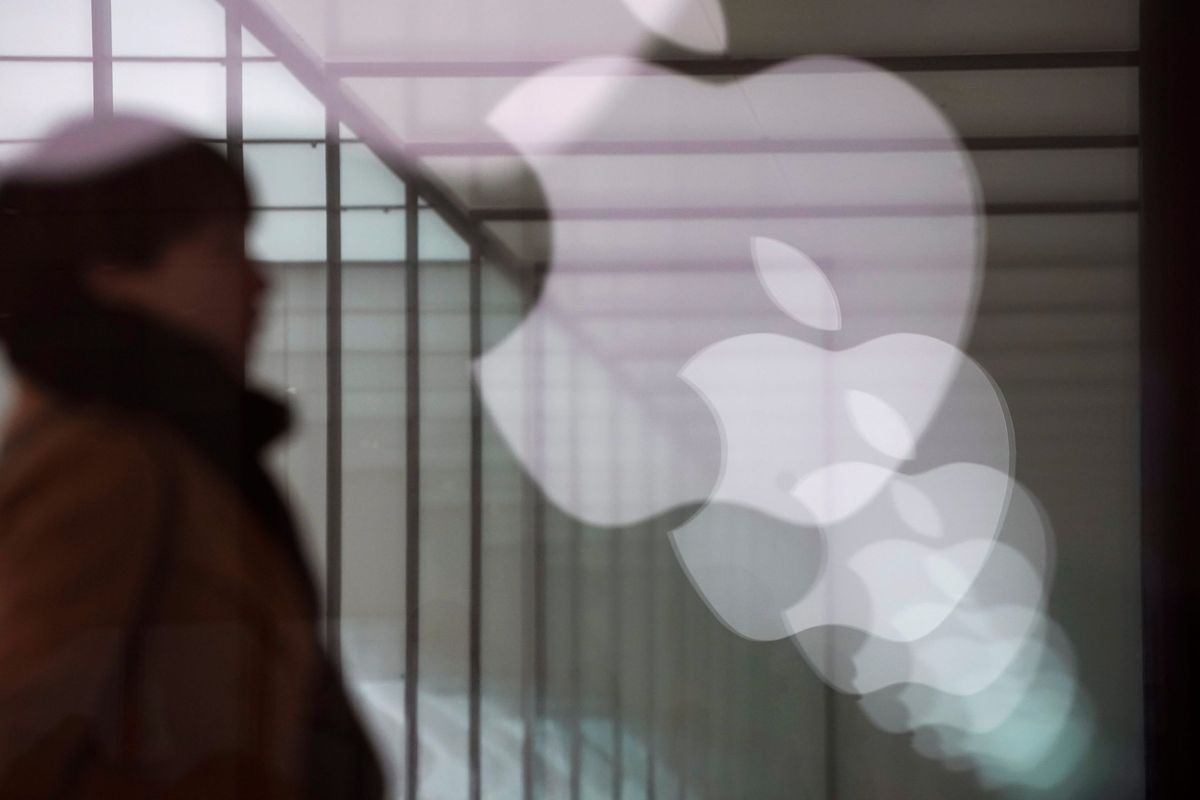5G: Where are we now and when will it be available to us?

A few minutes every morning is all you need.
Stay up to date on the world's Headlines and Human Stories. It's fun, it's factual, it's fluff-free.
That isn’t to mention that it takes time to develop the apps and things that are so useful with new transmission capabilities. When 4G came out, it took three years before things like widespread video calls became available.
What is 5G, again?
- Much like 4G was at one point, and 3G before that, 5G is the latest development in cellular network technology and is essentially being touted as making phone and internet speeds significantly faster.
- But, the reason 5G is better than 4G isn’t just necessarily just because of the speeds, but also because it can stack more bandwidth on top of itself and so that more data can still be transmitted faster.
- Think of 5G like a pipe and data like water. Rather than putting more pressure behind the water to make it flow faster, getting a bigger pipe for the water to flow through is a better way to get more water from point A to point B.
- This is basically how increased bandwidth works; a wider spectrum, or range, to transmit data means more data gets transmitted at any given time, not necessarily that it’s getting sent any faster.
- And, because of this higher capacity for transmissions, some experts think that 5G could be used for more industrial applications, including logistics in seaports, for autonomous factory robots or self-driving cars.
Hasn’t it been out for a while now?
- Sort of, but most new forms of cellular data, including 4G and 3G, take a little while from the time the technology exists to when it is widely available for us.
- Not only do companies need to build the infrastructure for it, like building or modifying cell towers, or adding features to phones so they can receive the new signal, but the Federal Communications Commission (FCC) in the United States, along with similar organizations in other countries, have to sell and allocate the actual airwave frequencies for companies to use.
- Consider what would happen if the water pipes for a town of 100 people were being used by a town of 10,000. Everyone would have a faucet that only drips and a toilet that barely fills up. It’s the same thing with trying to run 5G signal on 4G network infrastructure. And so, the government’s trying to make sure that all the people, in this case companies, don’t overload the available pipes.

- On top of that, governments can sell these airwave frequencies to companies for billions. In fact, in January of this year, The FCC announced that bidders spent a total of US$80.9 billion on the right to have that airwave license.
- The reason the FCC is so particular about this is because there’s a limited amount of airwave frequency available, so they want to make sure it’s allocated in a way that’s fair both for businesses and users. Anyone who uses frequencies that aren’t allocated to them run the risk of being prosecuted.
- That isn’t to mention that it takes time to develop the apps and things that are so useful with new transmission capabilities. For example, when 4G came out, it took three years before things like widespread video calls became available.
So, where are companies in that development process?
- Generally speaking, pretty far along.
- Apple recently announced that upcoming lines of iPhones will have only 5G versions, and Verizon recently estimated that 20% of its customers in the consumer segment already have 5G compatible devices.
- What this means is that, as people slowly replace their phones, they will end up getting only 5G compatible ones, and the consumer base for 5G programs will grow.
- And in terms of infrastructure, PwC estimated that more than three-quarters of Americans now have access to 5G at home or work, with further growth on the horizon.
- Plus, if the American Jobs Plan, President Biden’s infrastructure bill, passes through Congress, 5G likely will also be bolstered by government funding in internet infrastructure, something many thinks will help everyone in the country have equal access to good quality internet.
What do people think about it?
- Tech companies are notorious for making big promises, and 5G is no different.
- Tech industry leaders have said that 5G could more than quadruple current capacity, and even potentially make a phone’s onboard storage, or memory chip, obsolete replacing it with super-fast cloud access instead.
- But of course, there are skeptics. Some have pointed out that building all-new 5G infrastructure is resource-intensive and harmful to the environment.
- Others have criticized the idea of government-owned and operated 5G network, saying that it would stifle any of the creativity and innovation that is supposed to come with leaps forwards in technology made by the private sector.
- And of course, there are conspiracies about negative health effects from 5G, with theories inaccurately saying it causes everything from cancer to coronavirus.
What’s next?
- Well, not everything is entirely in place yet.
- The FCC has only unlocked part of the 5G bandwidth, and companies still need to develop infrastructure for the network as a whole.
- And Verizon’s estimate that only one in five of their customers has 5G compatible phones says that there’s still room for growth within the market.
- That said, the development of things like telemedicine or self-driving cars using 5G is in full swing, accelerated in part by the extra time given from the pandemic.
- Ultimately, there are still some hoops left to jump through, but we’re close – and getting closer – to the 5G future we’ve been hoping for.
Have a tip or story? Get in touch with our reporters at tips@themilsource.com




Comments ()